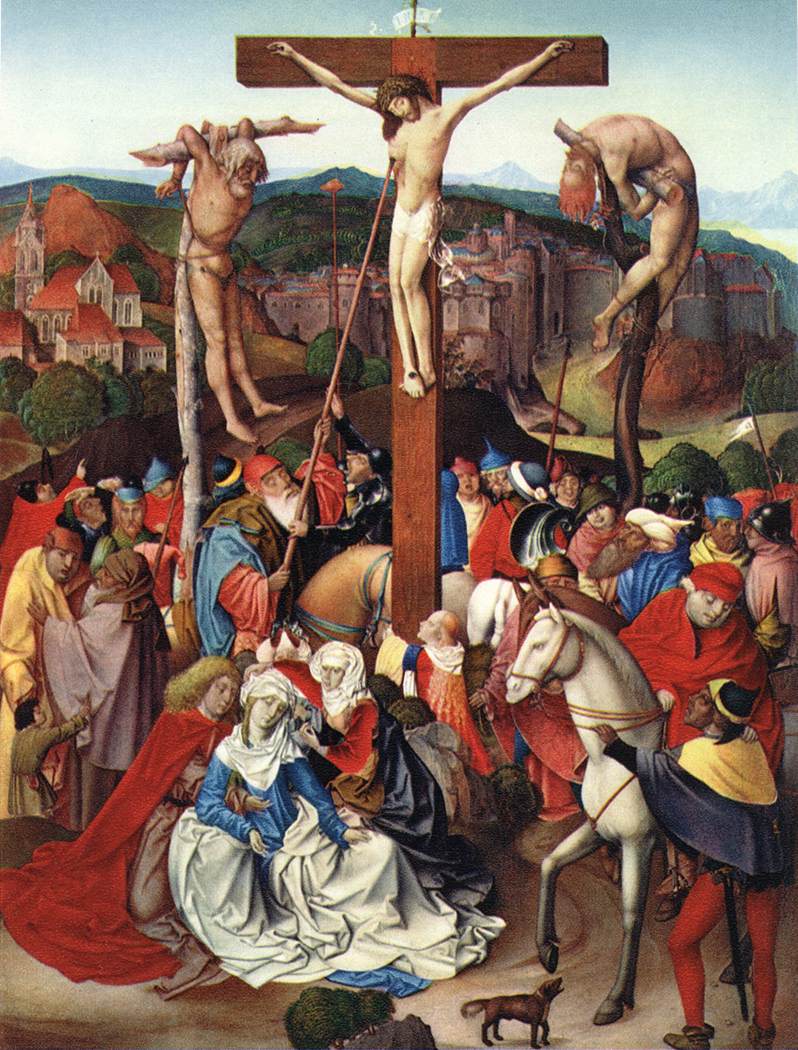 Painting in Austria
Painting in Austria
Gothic church art is best presented in the collection of medieval paintings in the Orangery in Vienna's Lower Belvedere. Renaissance elements first appeared in the works of the Danube school, which combined landscape and religious themes. It includes mainly Rueland Frueauf the Younger, Wolf Huber, Max Reichlich and Lukas Cranach.
Johann Michael Rottmayr and Daniel Gran were among the most prolific painters of Baroque frescoes, creating at the beginning of the 18th century. Paul Troger, who lived in the same period, was equally famous (1698-1762), especially active in Lower Austria. One of the most important easel painters was Franz Anton Maulbertsch, which combined perfect mastery of color and light with great power of expression.
The leading painters of the Biedermeier period were Georg Ferdinand Waldmuller (1793-1865) and Friedrich Gauermann (1807-1862), who devoted their art to contemporary times, creating portraits, landscapes and genre scenes. Some of the idyllic scenes by Waldmuller, as many spiritual, what idealized, exhibited at the Historical Museum of the City of Vienna and the Upper Belvedere. Rudolf von Alt was a master of watercolor painting. Another famous Biedermeier artist is Moritz Michael Daffinger.
They were outstanding authors of the historicist period: Hans Makart (1840-1884) Oraz August von Pettenkofen. Anton Romako (1832-1889) with his works he initiated the period of expressionism.
Egon Schiele is one of the most prominent representatives of Viennese expressionism (1890-1918) and Oskar Kokoschka (1886-1980). The works of Austrian painters are best displayed in the Gallery of Austrian Painting in Belvedere. It is also worth visiting the Ego-na Schiele Museum in Tulln in Lower Austria.
The most famous Austrian painter was probably Gustav Klimt (for details on his work, see. frame by Gustav Klimt in the chapter Vienna).
Art through action
The Roots of Viennese "Actionism” (1957-1968), one of the most extreme, modern artistic movements associated with the Vienna Group, they are stuck in abstract expressionism. Actionists sought access to the subconscious through the madness of radical and very direct art: they started by pouring paint onto the canvas and cutting it with knives, but soon they switched to using bodies (living people and dead animals) as "brushes”, and blood, excrement, oh, biota and whatever fell into my hands as "paints”. In the end, they finally parted with traditional linen; it was replaced by the artist's body, and the placement of art has become a well-thought-out artistic event (planned action, performed in private and public circles) and eventually merged with reality.
It was close from painting yourself to inflicting wounds on your body and engaging in physical and mental endurance tests.. By 10 For years, shareholders have been the source of many scandals provoking public opinion, they caused acts of violence and panic, which was widely publicized. Initially full of poetry, humor and rebellion gradually began to politicize their performances, taking care, that in Austria, sexual and social liberties are suppressed. Art in the revolution (1968 r.), last action realized in Vienna, ended with six months of hard work for its organizers.